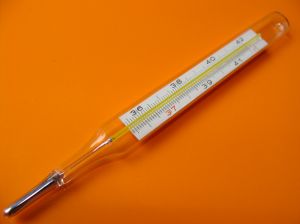
In the previous section, we developed statistical methods, primarily in the form of confidence intervals, for answering the question "what is the value of the parameter \(\theta\)?" In this section, we'll learn how to answer a slightly different question, namely "is the value of the parameter \(\theta\) such and such?" For example, rather than attempting to estimate \(\mu\), the mean body temperature of adults, we might be interested in testing whether \(\mu\), the mean body temperature of adults, is really 37 degrees Celsius. We'll attempt to answer such questions using a statistical method known as hypothesis testing.
We'll derive good hypothesis tests for the usual population parameters, including:
- a population mean \(\mu\)
- the difference in two population means, \(\mu_1-\mu_2\), say
- a population variance \(\sigma^2\)
- the ratio of two population variances, \(\dfrac{\sigma^2_1}{\sigma^2_2}\), say
- a population proportion \(p\)
- the difference in two population proportions, \(p_1-p_2\), say
- three (or more!) means, \(\mu_1, \mu_2\), and \(\mu_3\), say
We'll also work on deriving good hypothesis tests for the slope parameter \(\beta\) of a least-squares regression line through a set of \((x,y)\) data points, as well as the corresponding population correlation coefficient \(\rho\).